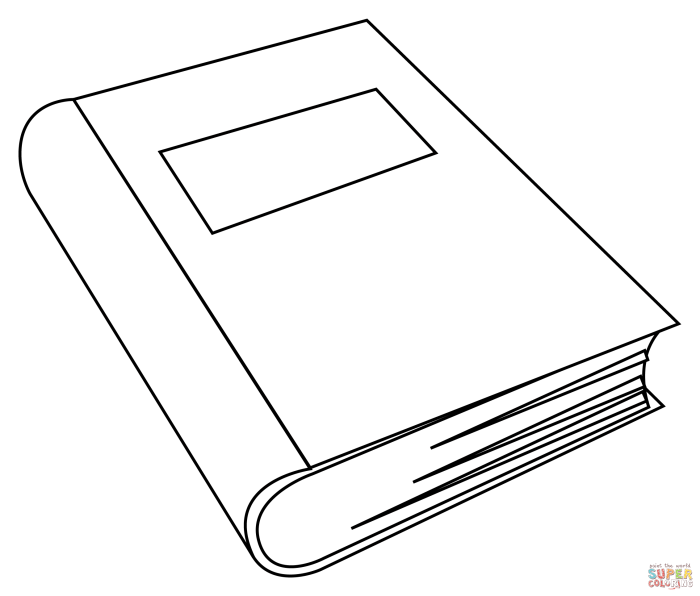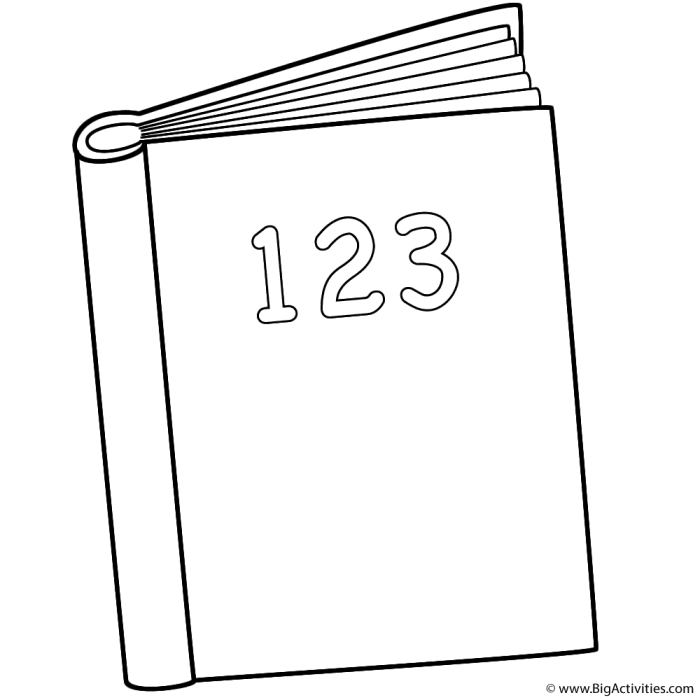The Impact of Coloring Book on Hip-Hop and Popular Culture

Coloring book chance the rapper cd – Chance the Rapper’sColoring Book* transcended the typical boundaries of a mixtape, achieving both critical acclaim and remarkable commercial success, significantly impacting the landscape of hip-hop and popular culture. Its innovative approach to gospel-infused hip-hop, coupled with its free distribution model, redefined the possibilities of independent artistry and digital distribution in the music industry.*Coloring Book*’s impact stemmed from its unique blend of genres, its spiritually uplifting lyrics, and its undeniably catchy melodies.
The album’s reception was overwhelmingly positive, garnering widespread praise for its creativity, its soulful production, and Chance’s raw, emotionally resonant delivery. This critical success translated into significant commercial achievement, reaching the top of the Billboard 200 chart and earning numerous accolades, including a Grammy Award for Best Rap Album. This achievement was particularly noteworthy given its unconventional release strategy, highlighting the potential for independent artists to achieve mainstream success outside of traditional record label structures.
Critical Reception and Commercial Success of
Yo, so I’m totally digging Chance’s Coloring Book CD, right? The artwork is fire! It reminds me of another awesome coloring book, kinda similar vibe, check it: blockhead – uncle tony’s coloring book. It’s got this crazy cool aesthetic. Anyway, back to Chance, that album is straight up legendary, I’m still bumpin’ it all the time!
Coloring Book*
The album was lauded for its innovative sound, seamlessly blending gospel, soul, and hip-hop influences. Critics praised Chance’s lyrical dexterity, his vulnerability, and his ability to create music that was both deeply personal and universally relatable. The album’s success wasn’t solely based on critical acclaim; it also achieved impressive commercial numbers, charting exceptionally well and establishing Chance the Rapper as a major force in the music industry.
The free distribution model further cemented its impact, demonstrating the potential of alternative distribution methods in the digital age. Its success challenged the traditional music industry model, proving that high-quality music could thrive and achieve commercial success without the support of a major record label.
Influence on Subsequent Hip-Hop Artists and Music Trends, Coloring book chance the rapper cd
Coloring Book*’s influence on subsequent hip-hop artists is undeniable. Many artists followed suit, incorporating gospel and soul elements into their music, demonstrating a renewed interest in blending spiritual themes with hip-hop beats. The album’s success also inspired other artists to explore alternative distribution models, demonstrating that independent artists could achieve significant success without relying on major labels. The album’s uplifting and positive message also resonated deeply with audiences, influencing a shift towards more socially conscious and spiritually aware themes in popular music.
This can be seen in the works of many artists who followed in Chance’s footsteps, incorporating similar themes and stylistic elements.
Culturally Significant Songs from
Coloring Book*
Coloring Book*
Several songs fromColoring Book* had a significant cultural impact. “No Problem,” featuring Lil Wayne and 2 Chainz, became a ubiquitous hit, showcasing Chance’s ability to collaborate with established artists while maintaining his unique style. “Blessings,” featuring Kirk Franklin, exemplified the album’s spiritual themes and resonated with listeners seeking uplifting and positive messages. “Summer Friends” became an anthem for a generation, capturing the bittersweet nostalgia of summer and the passage of time.
These songs, among others, demonstrated the album’s versatility and its ability to connect with a wide range of audiences on multiple levels.
Timeline of
Coloring Book*’s Release and Reception
Coloring Book*’s Release and Reception
| Date | Event |
|---|---|
| May 13, 2016 | Coloring Book released |
| May 2016 – June 2016 | Rapid rise in popularity across streaming platforms |
| June 2016 | Coloring Book debuts at number 8 on Billboard 200 |
| July 2016 | Coloring Book reaches number 1 on Billboard 200 |
| February 2017 | Wins Grammy Award for Best Rap Album |
| Ongoing | Continued influence on hip-hop and popular culture |
The Relationship Between Music and Visual Art in Coloring Book: Coloring Book Chance The Rapper Cd

Chance the Rapper’s
- Coloring Book* is not merely an album; it’s a holistic artistic experience where music and visual art intertwine seamlessly, enhancing and enriching the listener’s overall engagement. The album’s vibrant visuals, ranging from the album art itself to the accompanying music videos and promotional materials, aren’t simply decorative; they actively contribute to the narrative and emotional impact of the music.
This synergy between sound and sight is a key element in
- Coloring Book*’s success and influence on contemporary hip-hop.
The visual elements ofColoring Book* profoundly enhance the listener’s experience by creating a cohesive and immersive world. The bright, often childlike aesthetic reflects the album’s themes of faith, joy, and community. The use of bold colors and playful imagery mirrors the upbeat and uplifting nature of much of the music, creating a positive and engaging atmosphere. Conversely, more subdued visuals are used in conjunction with tracks exploring more introspective or somber themes, ensuring visual consistency with the emotional landscape of the music.
This careful integration allows the visuals to function as a visual extension of the lyrical and musical content.
Visual Style Choices in Coloring Book
The visual identity ofColoring Book* is diverse, employing a range of styles to complement the album’s varied musical textures. This approach avoids monotony and mirrors the album’s eclectic nature. The styles used are carefully selected to reinforce the album’s themes and emotional range.
- Childlike Imagery and Bright Colors: Much of the album art and promotional materials feature bright, almost cartoonish visuals, often employing simple shapes and bold colors. This style reflects the album’s playful and uplifting tone, appealing to a broad audience while simultaneously reinforcing themes of childhood innocence and spiritual joy.
- Gospel and Religious Iconography: The album incorporates religious imagery, reflecting Chance’s strong faith and the gospel influences present in the music. This is seen in the use of stained-glass window aesthetics, depictions of religious figures, and other symbolic elements that resonate with the spiritual themes explored in the songs.
- Abstract and Geometric Designs: Alongside the more representational imagery,
-Coloring Book* also utilizes abstract and geometric designs. These elements add a layer of complexity and visual interest, complementing the more experimental and soulful aspects of the music. - Photography and Portraiture: In contrast to the more stylized imagery, the album also features candid photographs and portraits of Chance and his collaborators. This grounded approach adds a sense of authenticity and intimacy, creating a personal connection with the artist and the music.
Collaboration Between Chance the Rapper and Visual Artists
While specific details on all collaborations aren’t publicly available, the cohesive visual style suggests a collaborative effort between Chance the Rapper and a team of artists. The consistency of the visual language across various promotional materials and the album art indicates a clear artistic vision, likely guided by Chance himself, and executed by a group of talented visual artists who understood and responded to the musical content.
The result is a highly integrated and effective visual narrative that complements the music beautifully.
Hypothetical Coloring Book Based on Coloring Book the Album

A coloring book inspired by Chance the Rapper’sColoring Book* would be a vibrant and engaging project, capturing the album’s gospel-infused hip-hop sound and its uplifting, community-focused themes. The design would aim to reflect the album’s eclectic style and positive energy, translating its musicality into a visually stimulating experience for all ages.The illustrations would be a blend of styles, incorporating elements of gospel art, Chicago street art, and playful cartoon imagery.
This visual diversity would mirror the album’s musical range, seamlessly blending soulful gospel melodies with upbeat hip-hop rhythms.
Illustration Styles and Color Palettes
The coloring book would feature a variety of illustration styles to represent the multifaceted nature of theColoring Book* album. Some pages would employ a bold, graphic style reminiscent of vintage gospel album covers, using rich jewel tones – deep blues, emerald greens, and ruby reds – accented with gold highlights. Other pages would adopt a more whimsical, cartoonish approach, employing brighter, more playful palettes featuring pastel shades and vibrant primary colors.
Street art influences would be evident in certain pages, utilizing bold Artikels, layered textures, and a more abstract approach to imagery. Character designs would range from stylized depictions of Chance himself, to playful representations of children, and symbolic representations of community and faith.
Specific Illustrations and Page Descriptions
A sample page could depict Chance surrounded by children, all engaged in a joyful activity, perhaps playing basketball or singing gospel hymns. The style would be a blend of cartoon and street art, with bold Artikels and vibrant colors. The color palette would be bright and cheerful, emphasizing yellows, oranges, and blues. This page directly reflects the album’s themes of joy, community, and faith, key elements prevalent throughoutColoring Book*.
Another page might feature a more abstract representation of the album’s spiritual themes, perhaps a stylized depiction of a church or a choir, rendered in a more graphic, gospel-inspired style, using a rich palette of jewel tones. The detailed linework would provide intricate areas for coloring, encouraging creativity and mindful engagement.
Capturing the Spirit and Themes of the Album
The overall design of the coloring book would aim to capture the album’s uplifting and spiritually resonant themes. The illustrations would reflect the album’s joyous energy and its focus on community and faith. The use of diverse styles and color palettes would mirror the album’s musical eclecticism, ensuring a visually stimulating and engaging experience for the user. The coloring book would be more than just a collection of illustrations; it would be an interactive experience that allows users to actively participate in the artistic expression of the album’s core messages.
Similar to how children’s books often engage their young readers in story and creativity, this coloring book will engage users with the themes and sounds ofColoring Book* in a visually accessible way. This approach mirrors the album’s success in bridging diverse musical genres and appealing to a broad audience.
Helpful Answers
Is there an actual coloring book based on the album?
Officially, no. But the album’s art style practically begs for one, doesn’t it?
What kind of art supplies did Chance use for the album art?
That’s a mystery, my friend! The beauty of the art lies in its ambiguity.
Did the album art influence the music in any way?
Absolutely! The vibrant, spiritual visuals complement the album’s uplifting and soulful tone.
What’s the most popular song from the album?
That’s subjective, but “No Problem” and “Blessings” are strong contenders.
